Search
When?
-
TEXAS roadside billboards
20 January 2020 
Hi MLE,
I’m back from Texas and I’m going to share with you: TEXAS BILLBOARDS. Boring as they may seem, they really do stand out when I think about the time I spent out there in the “lone star state.”
Why? Probably because we spent quite a bit of time on the road. I love road trips, I love looking out the window and letting my thoughts just flow from one to another. Very relaxing…
Well, in Texas, there are so many billboards, my thoughts only flowed from one advertising message to another. I didn’t mind at first, but after a few days I found myself always asking, “why?” and then getting annoyed. Not very relaxing…
Did some research to answer my “why” question, and found that President Lyndon Johnson, did his very best, through the Highway Beautification Act of 1965, to put some limits on the ever-growing billboards along the roadsides, to protect the natural landscape. However, even Johnson’s vaunted powers of persuasion could not overcome the lobbying efforts of the Outdoor Advertising Association of America. They essentially won: the Highway Beautification Act ironically ended up protecting these billboards from being removed by a city—unless the city pays cash compensation. And these costs can really add up.
For over 50 years activists and billboard companies have been at war over the views along American highways. Four states—Vermont, Hawaii, Alaska and Maine—have banned them outright. Rhode Island and Oregon have said no new billboards. But in Texas, the Texas Transportation Commission voted unanimously to eliminate the existing 42½-foot height restriction beginning September 2019, allowing the size limit to double.
There’s the answer!
Suzan
Posted in: travel -
the jewish MEZUZAH
18 October 2019 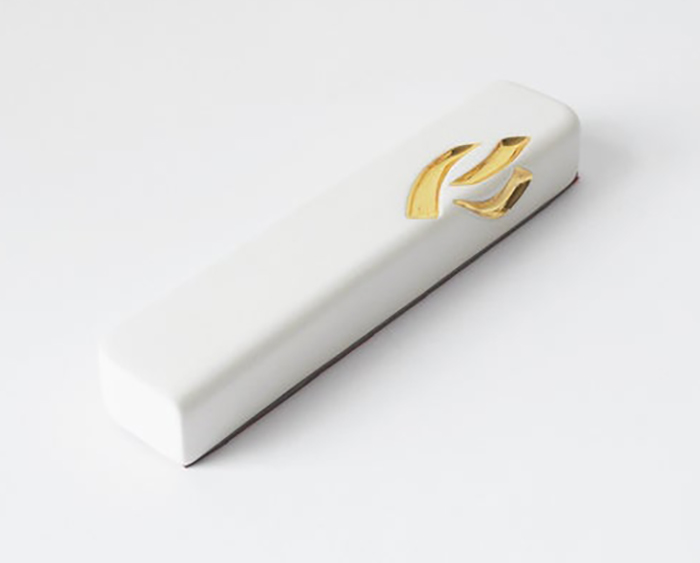

Hi MLE,When I was in Israel last week, I noticed that each hotel room door had a little box outside on the doorframe. I learned that it is called a "mezuzah."They must always be on the door frame, not the door. Also they must also always be outside the door, not inside.They must be situated at about shoulder level, so that they may be kissed or touched upon entry.They are often leaning in towards the door, to signal that this is the direction in which God should pass.Inside the Mezuzah case is a Kosher parchment, with two handwritten paragraphs of the Torra. The writing must be done by a licensed Sofer Stam, a scribe who can transcribe the Torah. There must be intension in the writing of it.The verses say such things as there is only one God, you must teach your children about the God, you must love your children, and so on.The effect is that when you go into a Jewish home, you are made aware of the laws written on the scroll.Many people think that it is a good luck charm or a home protector. Some people even have special ones for their cars, etc. thinking it is an amulet against evil. It is none of these things - it is a reminder that helps one make conscious of their responsibilities to God.I bought the Mezuzah pictured above. When I looked at my credit card statement, it was about four times more than I thought it was. I'm terrible with currency conversions. And I didn't know it was ceramic and also 24K gold. It is not just a tourist souvenir, but rather a special item one may give someone on a special occasion, and now I appreciate that.I will fix mine in the right way on the outside my front door, and knowing me, I will probably also touch it each time I enter the house and it will make me happy.However, I have decided not to get a scroll to go inside. People have a lot of different opinions about this, but to me, as I am not Jewish, it just doesn't feel right to have the scroll. The case is enough to give a nod to this interesting Jewish custom.Suzan -
SOVIET-ERA sanatoriums
18 April 2019 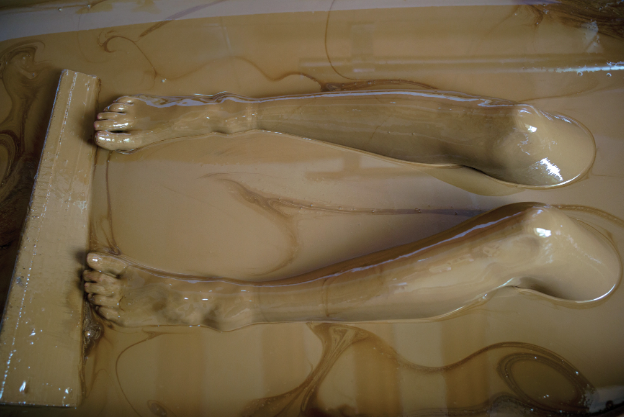
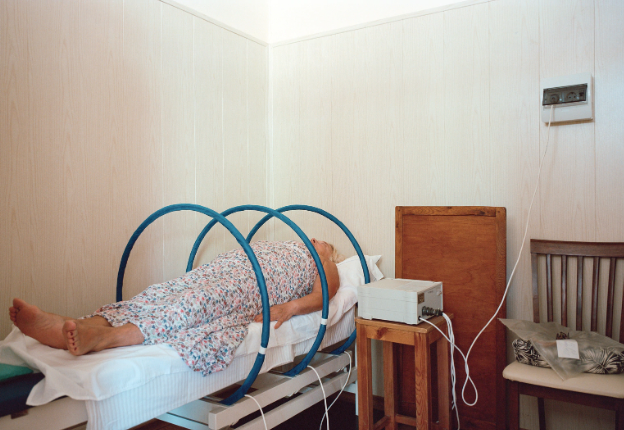
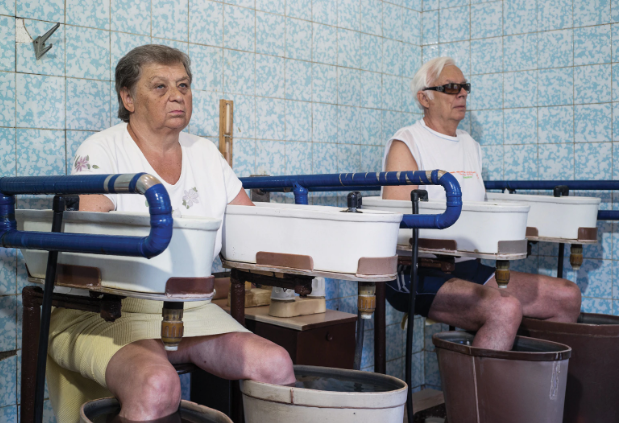
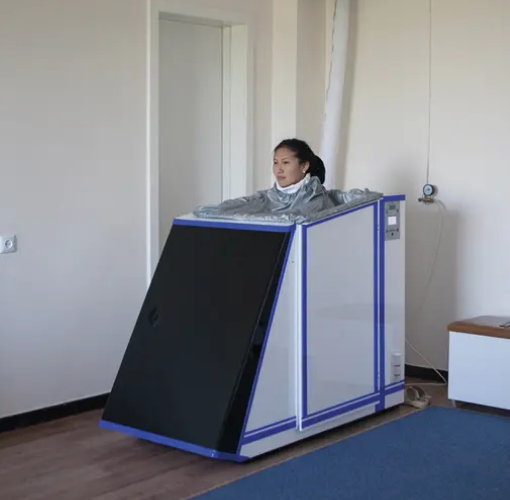
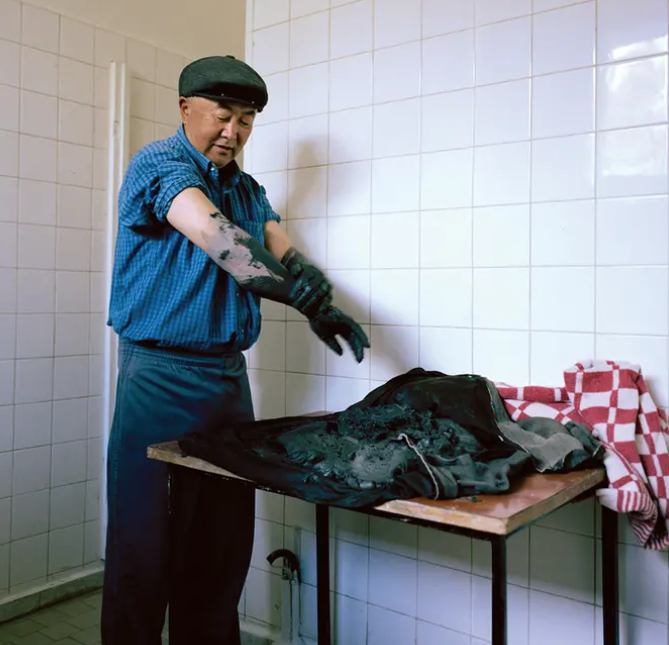

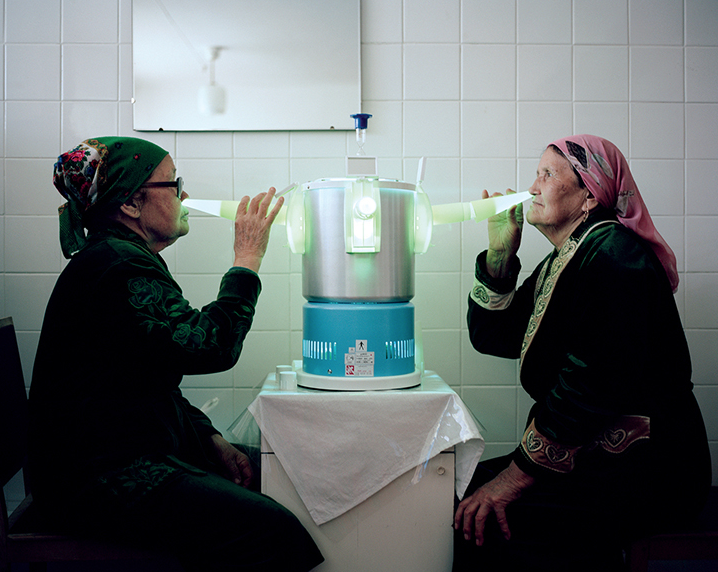
Hi MLE,
Those vast complexes built under Stalin and subsequent leaders... I've had my eye on these for a few years, ever since various photographers have been using them as subject matter for books and galleries.In Russia, Ukraine, and other former Soviet Union republics, the term 'sanatorium' is generally used for a combination resort/recreational facility and a medical facility to provide short-term complex rest and medical services. Unlike western holidays, which the Soviets perceived as lavish and idle, holidays in the USSR were entirely purposeful: their function was to provide rest and recuperation so that workers could remain efficient and productive.Eligible individuals received vouchers to stay at particular sanatoriums for a specified period of time, either at subsidised rates or for free. In principle, industrial workers and those with medical conditions were to be given priority, but in practice those with money and connections were prioritised instead. Today, guests consist of a large number of second world war veterans and pensioners who are treated free of charge for stays of up to a number of weeks.In the early days, every aspect of sanatorium life was controlled and monitored by staff in accordance with a strict schedule. Guests would start with a visit to the resident doctor, who would draw up a tailor-made programme of mandatory callisthenics, dietary recommendations and treatments. Gradually, a more relaxed sanatorium culture developed over the course of a century, and today guests can even undertake whatever treatment they like and come and go as they please.What I find really amazing is the treatments, that are still available today. Please see the images above, from top to bottom (yes these photos were taken just a couple years ago):Crude oil bath for 10 minutesMagnetic therapyMineral water bathOxygen bathParafin wax treatmentSalt air treatmentUltraviolet light nose and throat disinfectantThere were 1,829 new sanatoriums built across the USSR by 1939, and they continued to be built right up to the 80s. In their peak, these sanatoriums were visited by millions of citizens across the USSR each year. Dozens are still open for business.But those open for business are hard to find... However, after a search I have discovered Hotel Aurora Issyk-Kul, in Kyrgyzstan. This might be an option. It was built in 1979, not as old as I would like, but it does offer most of the therapies above. I would love to go:SuzanPosted in: travel architecture -
cesar MANRIQUE
7 April 2017 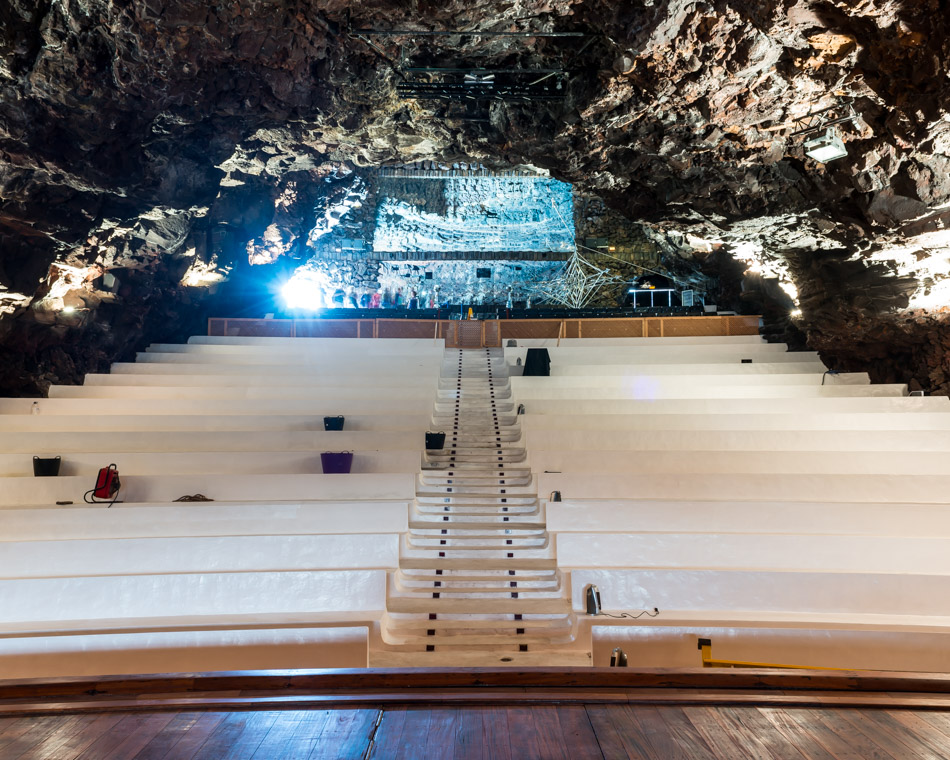
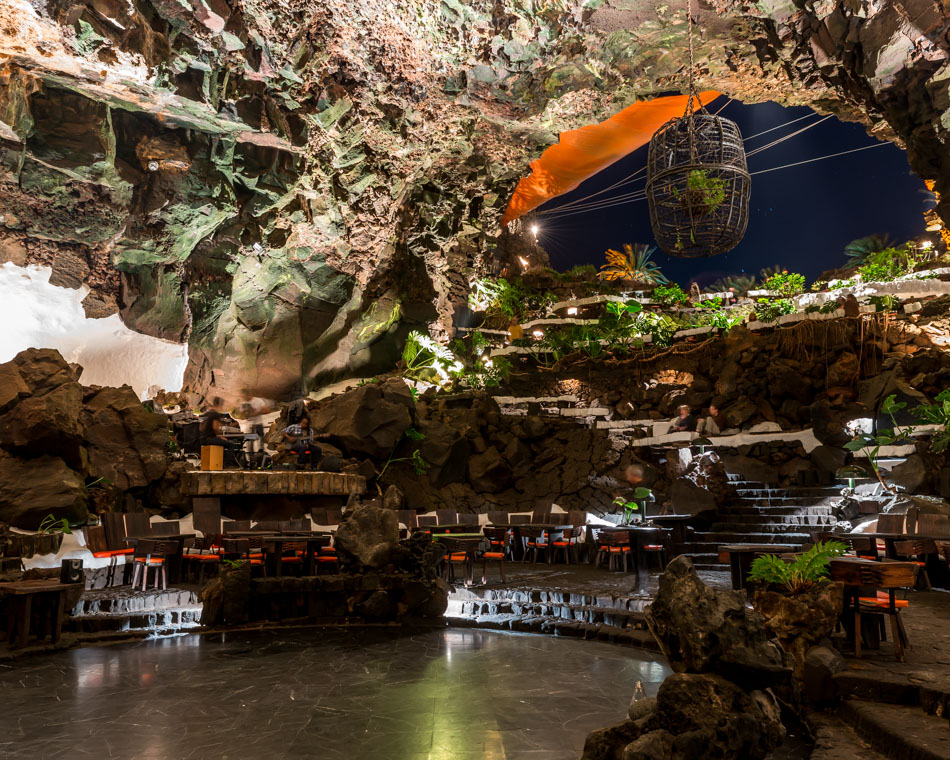
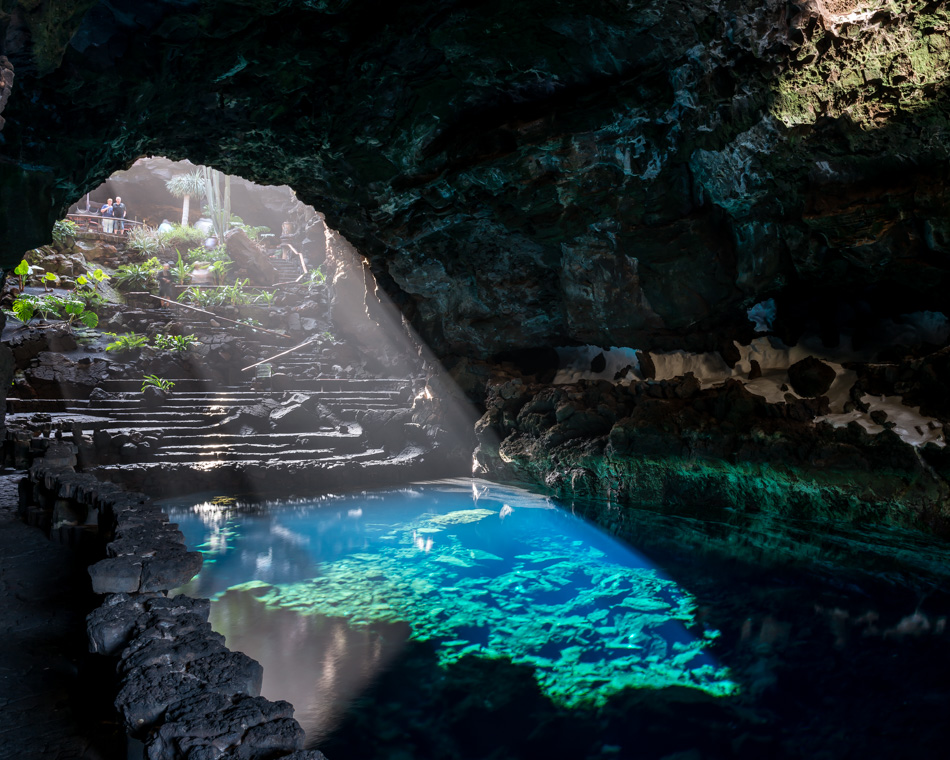
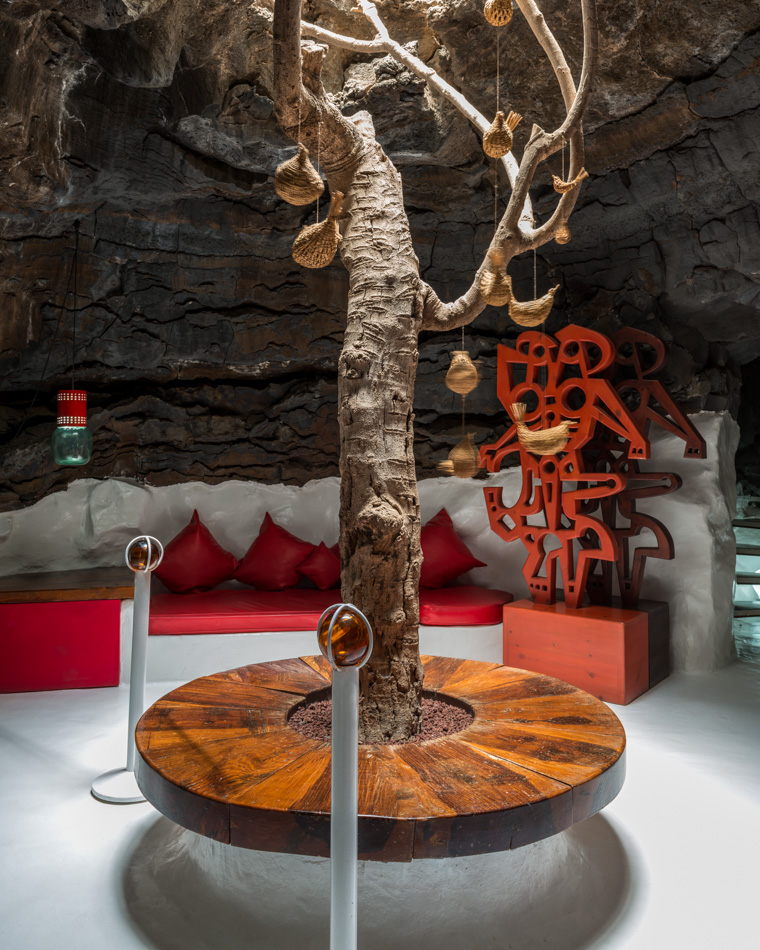
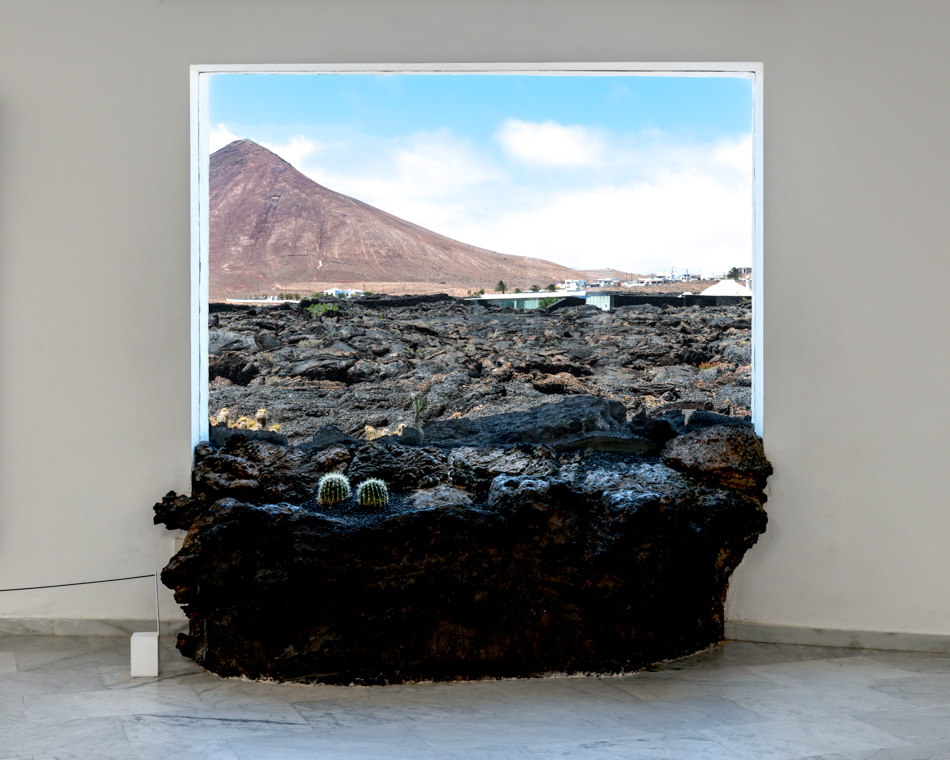 Hello MLE,As you know, I was on the the Canary Islands the past couple weeks. While on the island of Lanzarote, I have come across local artist who is very famous over here, and who more people should know about. I really admire him the more I learn about him and I thought you may like to hear his story.Many people warned me about the Canary Islands: “there are too many greasy busloads of budget holiday makers who have ruined it.” Well, I wanted to see for myself. And I learned that if you take a drive into the interior of Lanzarote, and look at it through the eyes of this local artist (and one of the world’s great tourism innovators) you won’t see a cheap package destination - rather you’ll see what the future was meant to look like.This local artist is Cesar Manrique - who was a true multidisciplinarian: a painter, a sculptor, an architect, a town planner, an ecologist, a landscape gardener and (most interestingly to me) a campaigner.He was born in Lanzarote in 1919 to well-off middle-class family. He studied architecture for a few years before studying fine art in Madrid. After graduating, he lived in New York where he rubbed shoulders with the celebs of the day, including Andy Warhol. He became a very successful artist, with a number of exhibitions in New York - but he chose not stay there. Luckily for Lanzarote, he chose to return. In the 1970s this island was one of the very first places in Europe to introduce package holidays, and his home needed him…In Cesar’s own words: “When I returned from New York, I came with the intention of turning my native island into one of the most beautiful places in the planet, due to the endless possibilities that Lanzarote had to offer… I made it a point to show Lanzarote to the world.”Lanzarote today would be little more than an all-inclusive tourist trap, but it has more than this, and we all have Cesar Manrique to thank. Cesar Manrique is inexplicable without Lanzarote; Lanzarote is also inexplicable without Cesar Manrique.Cesar was one of these people who was deemed eccentric, but he was really only way ahead of his time. For example, he lobbied authorities to develop sensitive “intelligent tourism” - something that was relatively unheard of in the 60s and 70s. In his words: “We had to do things correctly, thinking of the tourists that come here to see what they can’t see in other places.”Thanks to him even today, advertising is strictly controlled: “I think this is the first place in Europe where all the advertisements have been removed from the landscape. I used to go around at night destroying the adverts. We have advertising in the press, on the radio, on TV, and also when you go to see the nature? Enough!”Building is also controlled: Unlike the other islands, Lanzarote is mostly 2 storey, and some 4 storey buildings in the traditional white with green trim. Says Alejandro Gonzalez of the Cesar Manrique Foundation: “…he was trying to educate the local people to build their houses using traditional techniques, reshaping the landscape as they had for hundreds of years instead of using cheap new materials. They were very sceptical at first, but now when you ask any of the old timers about Manrique they will tell you he is a master, a genius.”Finally, unlike most people at the time (and even today), Cesar was deeply concerned about the environment, and felt frightened and pessimistic for the future that he saw being carved out ahead of him.Over time, he peppered Lanzarote with sculptures, fantastical attractions, signs and stunning pieces of architecture:Jameos Del Agua (pictured above), is a volcanic tunnel turned cultural centre that features a concert hall, two dance floors, three bars, an underground lake filled with blind albino crabs, and a swimming pool that only the King of Spain is allowed to swim in.Says Pepin Ramirez, one of Manrique’s childhood friends, who had become a prominent politician: “The Jameos would have been much cheaper to build then, because the skilled labour and knowledge of handcraft was more readily available. Today it would be impossible.”Taro de Tahiche, was Cesar’s private home (also pictured above) between 1968 and 1990. It is dug out of five underground volcanic bubbles, and like so much of his work, sympathetically blends in with it’s natural environment.Cesar faced his biggest challenge in the 80s, when the Canaries really started to become popular as a budget tourist destination. The developers really pushed their way in, and so began a relentless tide of soulless construction that threatened to destroy everything he had worked for.Manrique began protesting at the building sites, lobbying the government and fighting to resist this development. “I don’t have any kind of patriotic romanticism,” he said in the early 90s. “I am a citizen of the world, and we have to have a feeling for the future, not a stupid and provincial mentality. I think the most beautiful feeling is to be a citizen of the world. But there is a speculative mafia in Lanzarote that I hate from the deepest place of my soul. Even Mussolini would not have allowed this fascist architecture, because it is horrible, terrible! But there is hope. Berlin was destroyed during the war, it has been rebuilt into an extraordinary city. Even though we destroy the Canary Islands, there is always hope from people with fantasies, good and enthusiastic people.”The resorts of Puerto del Carmen and Costa Teguise continued to expand regardless of Cesar’s protestations, albeit without the massive high-rise apartment blocks that have plagued the other Canary Islands.After his death, the Fundaçion Cesar Manrique was established to continue Manrique’s work for the island, and in recent years they have brought to light a number of illegally built hotels. However, they have not been able to stop the development of Playa Blanca, the island’s third resort, which has expanded rapidly in recent years. “It used to be just a pretty little fishing village,” explains Jose Amigo, owner of the small rustic hotel Casona de Yaiza in the middle of the island. “But instead of keeping the old town and developing it outwards, keeping the feel of the traditional buildings and creating high quality accommodation, they tore it all down and started to build massive budget hotels. Cesar wanted Lanzarote to be an island where there would be a queue to get in – but how can you create that kind of place when you build hotels that have 800 rooms?”I’m sure if Cesar saw Lanzarote today, he would be very sad about some parts of it. But as soon as you leave those parts, the beautiful island that he helped to create is pretty much as he left it.Suzan
Hello MLE,As you know, I was on the the Canary Islands the past couple weeks. While on the island of Lanzarote, I have come across local artist who is very famous over here, and who more people should know about. I really admire him the more I learn about him and I thought you may like to hear his story.Many people warned me about the Canary Islands: “there are too many greasy busloads of budget holiday makers who have ruined it.” Well, I wanted to see for myself. And I learned that if you take a drive into the interior of Lanzarote, and look at it through the eyes of this local artist (and one of the world’s great tourism innovators) you won’t see a cheap package destination - rather you’ll see what the future was meant to look like.This local artist is Cesar Manrique - who was a true multidisciplinarian: a painter, a sculptor, an architect, a town planner, an ecologist, a landscape gardener and (most interestingly to me) a campaigner.He was born in Lanzarote in 1919 to well-off middle-class family. He studied architecture for a few years before studying fine art in Madrid. After graduating, he lived in New York where he rubbed shoulders with the celebs of the day, including Andy Warhol. He became a very successful artist, with a number of exhibitions in New York - but he chose not stay there. Luckily for Lanzarote, he chose to return. In the 1970s this island was one of the very first places in Europe to introduce package holidays, and his home needed him…In Cesar’s own words: “When I returned from New York, I came with the intention of turning my native island into one of the most beautiful places in the planet, due to the endless possibilities that Lanzarote had to offer… I made it a point to show Lanzarote to the world.”Lanzarote today would be little more than an all-inclusive tourist trap, but it has more than this, and we all have Cesar Manrique to thank. Cesar Manrique is inexplicable without Lanzarote; Lanzarote is also inexplicable without Cesar Manrique.Cesar was one of these people who was deemed eccentric, but he was really only way ahead of his time. For example, he lobbied authorities to develop sensitive “intelligent tourism” - something that was relatively unheard of in the 60s and 70s. In his words: “We had to do things correctly, thinking of the tourists that come here to see what they can’t see in other places.”Thanks to him even today, advertising is strictly controlled: “I think this is the first place in Europe where all the advertisements have been removed from the landscape. I used to go around at night destroying the adverts. We have advertising in the press, on the radio, on TV, and also when you go to see the nature? Enough!”Building is also controlled: Unlike the other islands, Lanzarote is mostly 2 storey, and some 4 storey buildings in the traditional white with green trim. Says Alejandro Gonzalez of the Cesar Manrique Foundation: “…he was trying to educate the local people to build their houses using traditional techniques, reshaping the landscape as they had for hundreds of years instead of using cheap new materials. They were very sceptical at first, but now when you ask any of the old timers about Manrique they will tell you he is a master, a genius.”Finally, unlike most people at the time (and even today), Cesar was deeply concerned about the environment, and felt frightened and pessimistic for the future that he saw being carved out ahead of him.Over time, he peppered Lanzarote with sculptures, fantastical attractions, signs and stunning pieces of architecture:Jameos Del Agua (pictured above), is a volcanic tunnel turned cultural centre that features a concert hall, two dance floors, three bars, an underground lake filled with blind albino crabs, and a swimming pool that only the King of Spain is allowed to swim in.Says Pepin Ramirez, one of Manrique’s childhood friends, who had become a prominent politician: “The Jameos would have been much cheaper to build then, because the skilled labour and knowledge of handcraft was more readily available. Today it would be impossible.”Taro de Tahiche, was Cesar’s private home (also pictured above) between 1968 and 1990. It is dug out of five underground volcanic bubbles, and like so much of his work, sympathetically blends in with it’s natural environment.Cesar faced his biggest challenge in the 80s, when the Canaries really started to become popular as a budget tourist destination. The developers really pushed their way in, and so began a relentless tide of soulless construction that threatened to destroy everything he had worked for.Manrique began protesting at the building sites, lobbying the government and fighting to resist this development. “I don’t have any kind of patriotic romanticism,” he said in the early 90s. “I am a citizen of the world, and we have to have a feeling for the future, not a stupid and provincial mentality. I think the most beautiful feeling is to be a citizen of the world. But there is a speculative mafia in Lanzarote that I hate from the deepest place of my soul. Even Mussolini would not have allowed this fascist architecture, because it is horrible, terrible! But there is hope. Berlin was destroyed during the war, it has been rebuilt into an extraordinary city. Even though we destroy the Canary Islands, there is always hope from people with fantasies, good and enthusiastic people.”The resorts of Puerto del Carmen and Costa Teguise continued to expand regardless of Cesar’s protestations, albeit without the massive high-rise apartment blocks that have plagued the other Canary Islands.After his death, the Fundaçion Cesar Manrique was established to continue Manrique’s work for the island, and in recent years they have brought to light a number of illegally built hotels. However, they have not been able to stop the development of Playa Blanca, the island’s third resort, which has expanded rapidly in recent years. “It used to be just a pretty little fishing village,” explains Jose Amigo, owner of the small rustic hotel Casona de Yaiza in the middle of the island. “But instead of keeping the old town and developing it outwards, keeping the feel of the traditional buildings and creating high quality accommodation, they tore it all down and started to build massive budget hotels. Cesar wanted Lanzarote to be an island where there would be a queue to get in – but how can you create that kind of place when you build hotels that have 800 rooms?”I’m sure if Cesar saw Lanzarote today, he would be very sad about some parts of it. But as soon as you leave those parts, the beautiful island that he helped to create is pretty much as he left it.Suzan -
CALGARY AIRPORT luggage trolley parking
29 January 2016 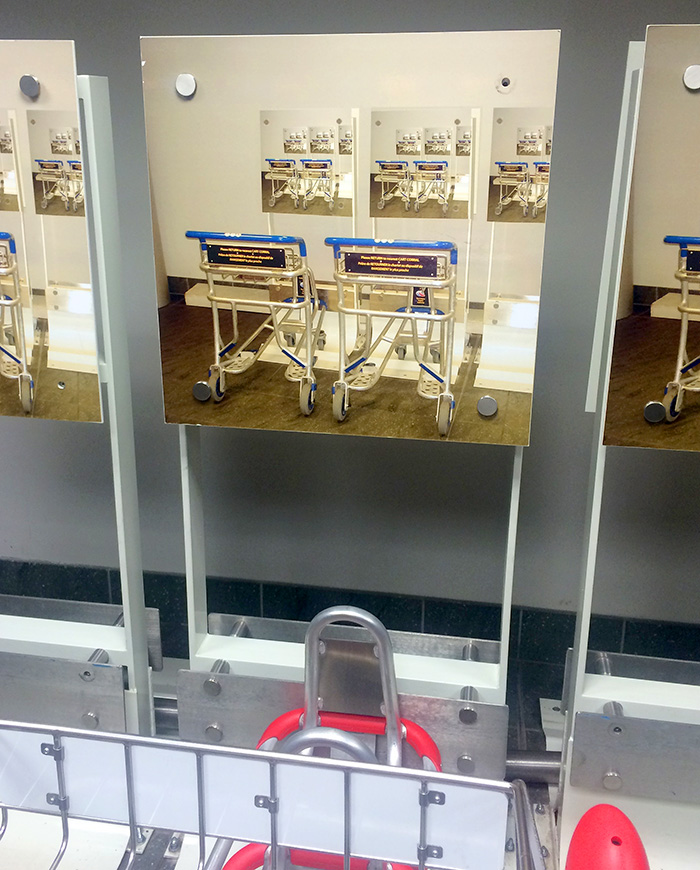
Hi the MLE,
Remember that summer in New York when we discovered that someone had upholstered a random tree trunk at the side of the road?
It makes me inexplicably happy when someone takes something bland, boring or just commonplace and makes it into something special, for some reason. At the Calgary Airport, those random places where you park your luggage trolley all have photographs of the luggage trolley itself. Which is unexpected and interesting and makes people notice these ordinary objects that are otherwise overlooked.
Now, the airport could have easily made a bit of money putting ads here, or they could have slapped in its logo with some instructions or something more predictable. But no, we have these photos instead. And it makes me very happy.
And it gives me an idea… I’m looking for something to hang over the sofa in the living room. Perhaps it could be a photo of the sofa, with a photo of the sofa itself on the wall?
Suzan xx